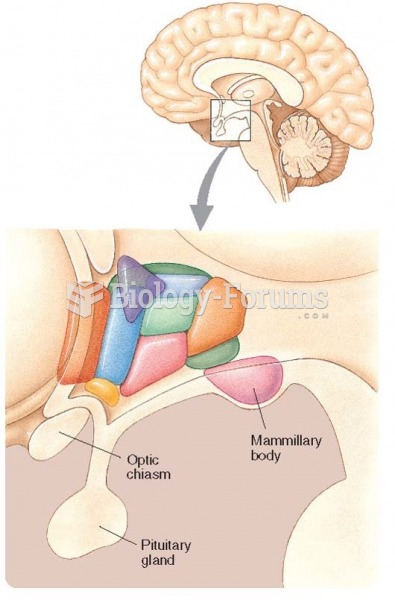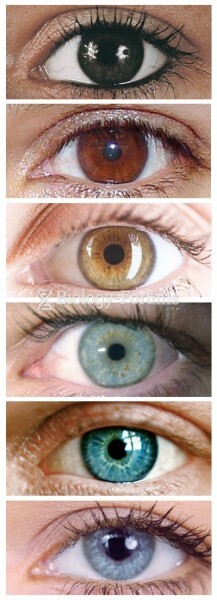|
|
|
Did you know?
Parkinson's disease is both chronic and progressive. This means that it persists over a long period of time and that its symptoms grow worse over time.
Did you know?
The FDA recognizes 118 routes of administration.
Did you know?
As many as 20% of Americans have been infected by the fungus known as Histoplasmosis. While most people are asymptomatic or only have slight symptoms, infection can progress to a rapid and potentially fatal superinfection.
Did you know?
If you could remove all of your skin, it would weigh up to 5 pounds.
Did you know?
Cyanide works by making the human body unable to use oxygen.







